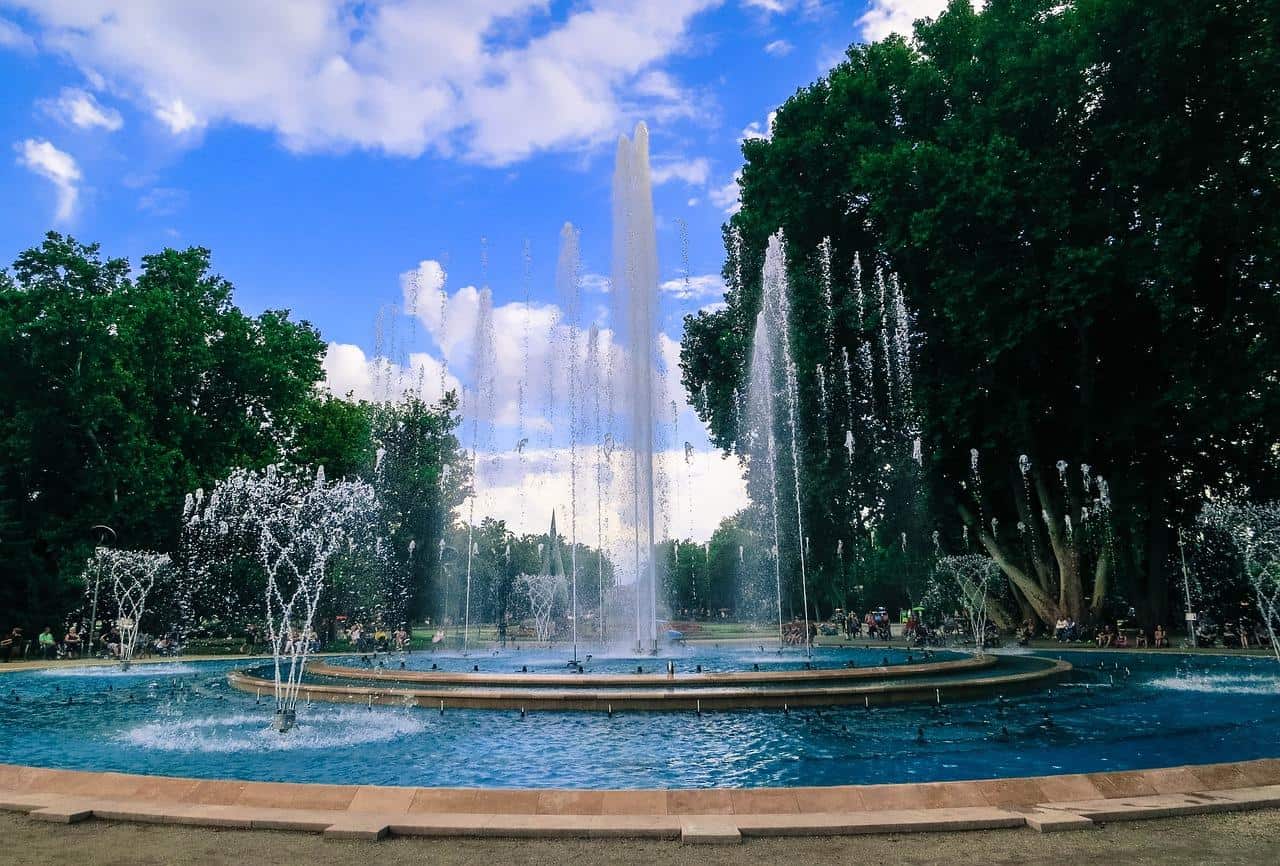Fountain pumps are needed for running outdoor fountains. They are needed to keep the fountain functional. It supplies the water flow to your fountains as well as other devices. These fountains will enhance the aesthetics of the outdoor space, but without a pump, there is no point in having them.
Fountain pumps need to be selected carefully. They will be different depending on the size of your pond and pool. You might even get a solar-powered fountain pump that only needs sunlight to function.
What you need is an outdoor fountain pump, and that’s why we are here to share the basics of selecting one. Let’s get started.
The Two Types of Fountain Pumps
There are two types of pumps out there – residential and commercial/industrial. The major difference is the quality of parts included with each. Typically, industrial pumps have longer warranties. Residential pumps can last for years and years, depending on water quality and use, but their components are not typically industrial quality.
If you are using an indoor pump, these need to be small in size. They also have a low flow rate. You need to pay special attention to the maximum dimensional size pump that will fit into your fountain’s space. Also, keep in mind that splash is a real hazard indoors. You do not want water splashing outside of the fountain and ruining the floor. If replacing a pump for an indoor fountain, whenever possible try to replace with a pump of the same flow rate. Also, keep in mind that flow rate changes the higher the water must push up from the pump. The varying flow rates at different heights is called the “pump curve.”
| Item# | Watts | Max.Head | GPH | 5 | 10 | 14 | 18 | 22 |
| FT-35-Indoor | 2.5 | 25 | 35 | 30 | 22 | 15 | 6 | 0 |
As you can see in the table above, our Fountain Tech 35 pump uses 2.5 watts of electricity. Its maximum height is 25”. At 10” it is only pushing up 22 gallons per hour. At 18” only 6 gallons per hour! The flow curve of a pump is very important.
And then outdoor fountain pumps can pump more water in an hour. These are best used for aesthetics and aeration.
Next comes industrial fountain pumps. They are used for fountains at commercial buildings, parks, large ponds, and for aerating wastewater which is produced in a sewage or manufacturing process.
Submersible Vs. External Fountain Pump
Fountain pumps can either be external or submersible.
Submersible ones have a pump motor which is hidden or sealed. That’s because if the pump goes in the water, it won’t get damaged. The whole system can be submerged in water, and installation is easy.
External pumps need more setup. But yes, they are efficient. If you want to pump up larger ponds with low operational costs, then an external pump could be a great addition. These are easy to repair or clean as they sit outside of the water; yes, they can also often last longer than a submersible one. You have seen external pumps at pools. They are often enclosed in cyclone fencing to keep people away.
Pumps burn out quickly if water is not going through. Submersible pumps and inline pumps need water for cooling. For residential customers, the number one reason for a submersible pump going bad is the pump running dry, even for a few minutes.
Specifics You Need To Look For In a Fountain Pump
You must keep a few things in mind, such as the pressure, horsepower, power rating, and dimensional size of the pump.
The fountain pump should also be sized as per the fit that your fountain needs. Make sure you’re keeping these few things in mind.
Summing Up
Now that you understand there are different pumps, such as submersible and external, you can choose one accordingly.
Fountains are a great addition to your pond or pool. You can keep the water healthy because stagnant water invites mosquitoes and other bugs and fountains agitate the surface. Moreover, a fountain pump will aerate the water to keep the fish happy and healthy.


